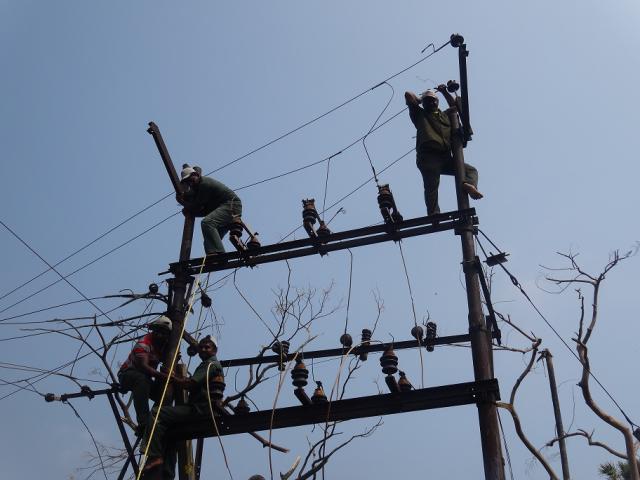Aggregate financial losses by state power distribution utilities (discoms) reportedly stood at Rs.28,369 crore as of March 31, 2019, nearly doubling from the corresponding Rs.15,049 crore in 2018. After the launch of the UDAY scheme in 2015, there was a secular trend of decline in such losses during FY16 and FY17. This reversal of trend is worrisome.
Several reasons are being provided for this debacle. State-owned discoms have dithered on tariff hikes, oftentimes for politically-motivated reasons. State government entities are delaying payments (as consumers) to discoms, adding to their financial woes. It is also felt that the steep increase in electrified households (under the Saubhagya scheme) has resulted in higher electricity consumption without commensurate revenue to the discoms.
The power distribution sector is in need of another round of reforms, and that too in good time. Firstly, the much awaited separation of carriage and content (also known as wire and supply) needs to be implemented soon. Once, the carriage (distribution network) is separated from the supply (the power supply business), the path for privatization of the supply business will become clear. When there are multiple operators in the power supply business, there will be competition, resulting in better customer service and of course, improved billing and revenue collection.
One more aspect of reform that needs serious attention is rationalization of tariffs. Today, industrial and commercial consumers are subsidizing the tariffs for the agriculture and, to some extent, the residential sectors. This cross-subsidy must go and a system of direct benefit transfer must be introduced. A widely debated point is that tariff rationalization should not be in the ambit of the power distribution company. In other words, why should the discom decide on who is entitled to subsidy? This evaluation should fall under the ambit of the government. The discom can then focus on its core job which is to maintain the distribution network and supply quality power at reasonable rates.
Like any other business, power distribution should be a profitable business. For a country like India where electricity consumption is poised to grow exponentially, it is very ironic to see the power distribution industry in a financial mess.
Also read: Privatization of power distribution: One more disruption
Given that the private distribution franchisee model has not seen much success, it is imperative that the proposed carriage and content separation be carried out at the earliest. This could be a very optimum first step for a long reforms process ahead.
The author of this article, Venugopal Pillai, is Editor, T&D India, may be reached on venugopal.pillai@tndindia.com. The views expressed here are personal.

